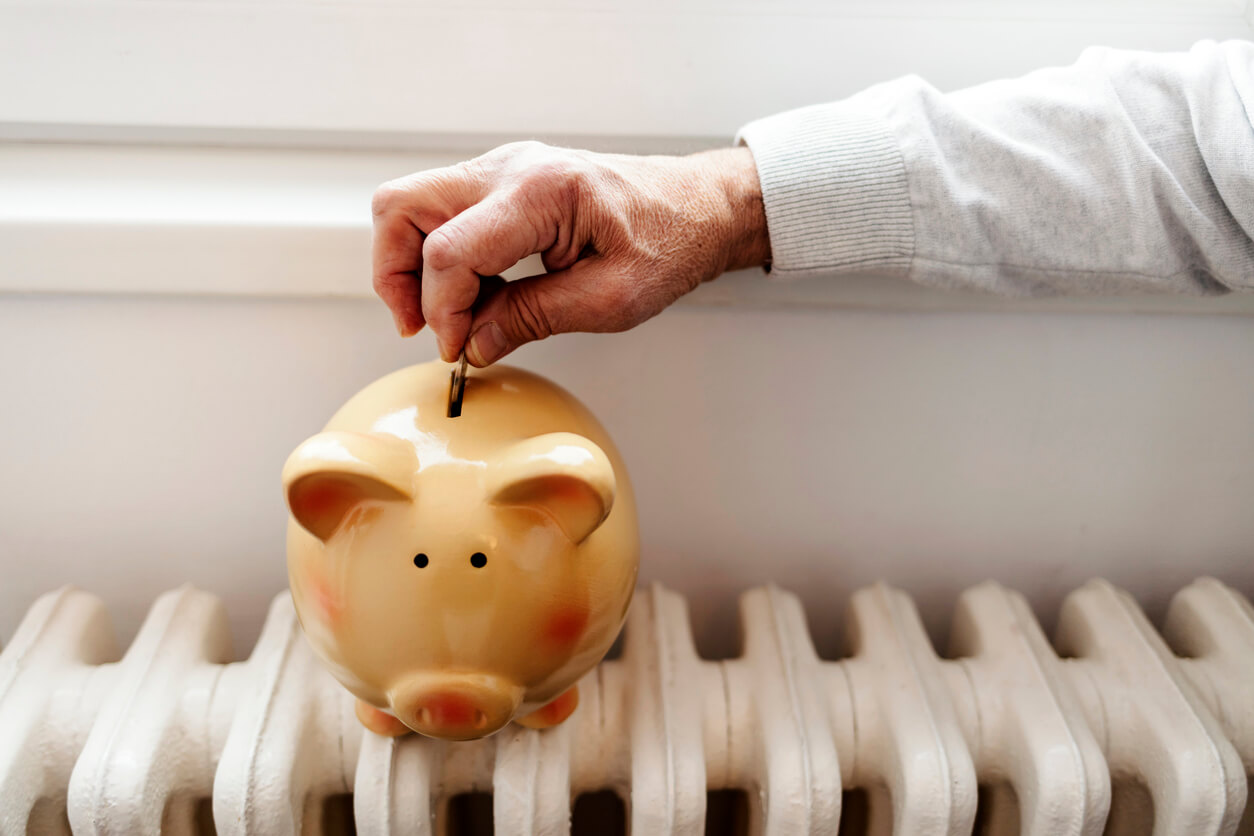How To Reduce Energy Bills at Home In 2022

Energy bills have become the bane of everyone’s existence in the last 12 months. The seemingly never ending increase in our bills has no-doubt caused you to reconsider your energy usage. It’s likely that you’ve started to consider ways in which you could reduce your monthly payments, as we’re all looking to make changes in our everyday lives to try and combat the bank-breaking costs of energy. This article will guide you the different methods for how to reduce energy bills at home, be it long term solutions or short-term fixes. Here are just a few of the best energy saving tips for the home.
Be Savvy About Your Water Usage
One of the simplest tricks for how to reduce energy bills at home is using less hot water around the house, be that in the bathroom, shower, kitchen, or utility room. Taking shorter showers, or showering at slightly lower temperatures is one way to combat the soaring costs of water usage. Washing your clothes at high temperatures also contributes to your overall monthly spending, and in a time when every penny counts, these contributions can become catastrophic at the end of the month. Try either showering for less time, or if you want a longer shower then do so at a lower temperature. Meanwhile, wash your clothes for less time, or wash them at 20 or 30°C instead of 40-60°C, and try to wash your dishes with cold water instead of hot water.
Switch To Energy-Efficient Appliances
While you may be used to using the toaster you bought yourself 20 years ago and do not think you need to upgrade, one of the main bonuses of buying new appliances is that, for the most part, they are built to use a lot less energy than older appliances. One of the most simple fixes for how to reduce energy bills at home? Switching your regular light bulbs for LED ones. LED light bulbs are arguably the prime example of buying new to save money, as LED bulbs can save you an incredible 87% energy compared to normal bulbs. So, while you may have to splash out for more expensive bulbs, or buy a new energy-efficient kettle, and so on, the long term savings cannot be understated.
Install Renewable Heating Solutions
If you’re looking for long term solutions for how to reduce energy bills at home then you’ll need to consider more substantial changes, like upgrading to renewable heating sources. Traditional radiators use tremendous amounts of energy to heat your home, and do not distribute the heat effectively, instead creating hot and cold spots throughout the property. A more effective solution for heating the house is upgrading to an air to water heat pump with underfloor heating. Air to water heat pumps work by converting heat from the outside air into usable heat for the home. Relying on the outside air alone (rather than gas or oil), they can operate at low temperatures, further improving their cost-effectiveness. Paired with an underfloor heating system which distributes heat evenly throughout the property, and again, operates at lower temperatures than radiators, replacing your boiler with a heat pump can create huge savings.
Consider Smart Heating
Heating a home, especially one with poor insulation, can be a real drain on your finances, so one solution to this is to be strategic about how you heat your home . Smart control systems offer you more control from a built-in control panel at home, but also the ability to control the temperature of your home from an app on your phone. You can adjust the temperature of your home, room by room, ensuring heat isn’t wasted in rooms you’re not currently living in so that you can use smart heating to reduce your energy bills. You can set your heating to come on at specific times of the day, such as just before you come home from work, so that your heating is being used only when it absolutely needs to be. Smart thermostats can also be installed alongside heat pump technology and underfloor heating.
Insulate Your Home
No heating system will be able to operate to its full potential if your home is draughty and not very well insulated. That’s why insulation should be a key priority when thinking about how to reduce energy bills at home. Insulating your home is essential for preventing heat (that you’re paying money for) from escaping, whilst also preventing cold air from coming in. Loft space, roof and walls are the main areas of the house that need attention, however you can also reduce draughts and prevent heat loss through smaller fixes as well. This includes placing draught excluders on doors and windows, alongside installing double or triple glazing. If you’re considering upgrading your current heating system to something like an air to water heat pump, then you’ll need to make sure that your house is properly insulated before the installation can go ahead.
If you would like to hear more about how Pipelife’s heating solutions can help with how to reduce energy bills at home please don’t hesitate to get in touch with us.
